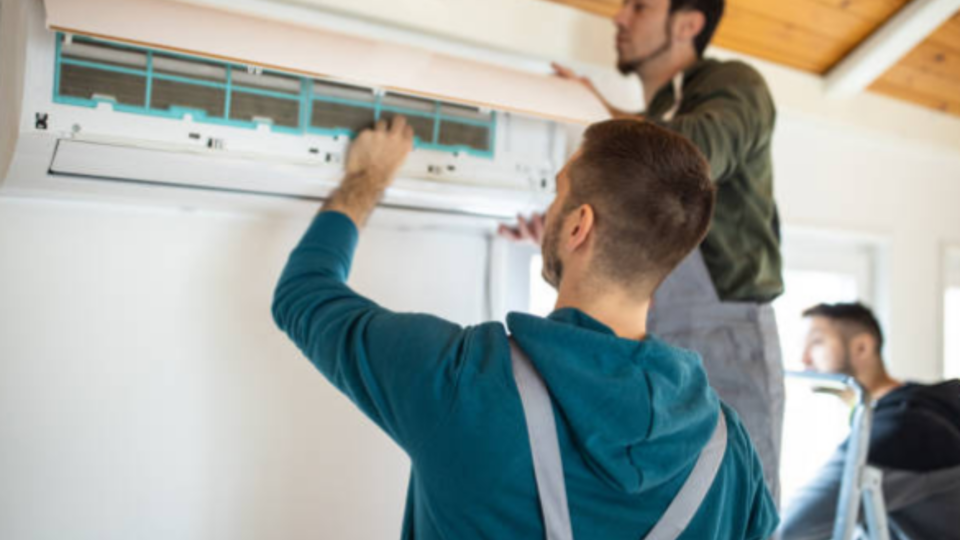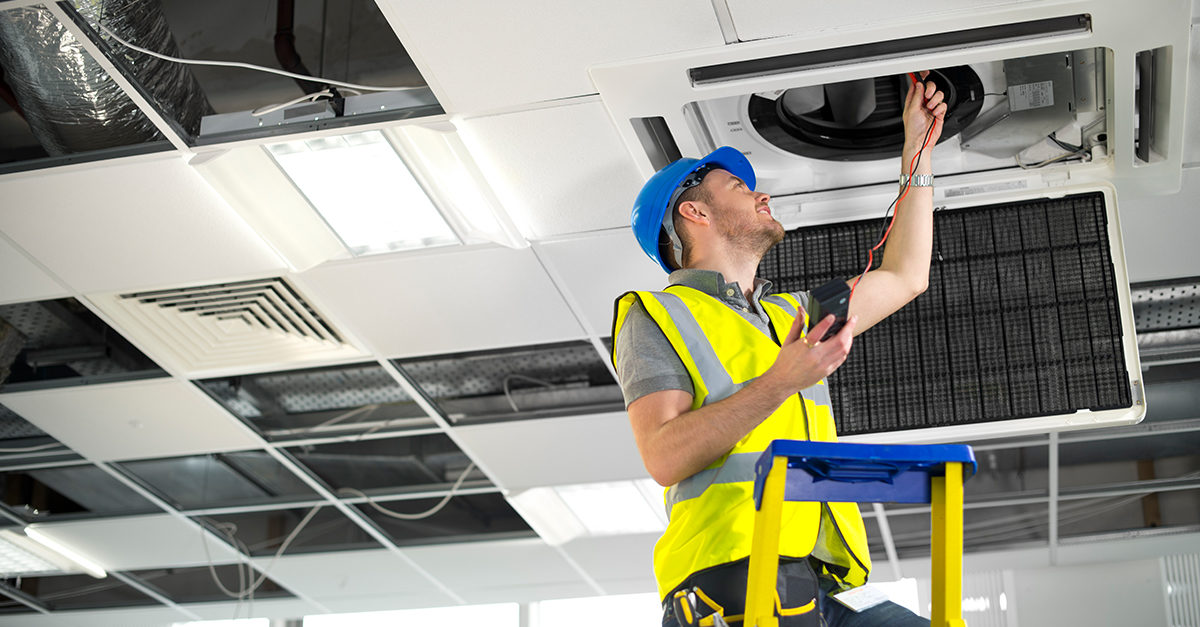For homeowners and business owners alike, encountering unpleasant odors from vents can be a troubling experience. Understanding the causes and prevention methods of these odors is essential for maintaining a fresh and healthy indoor environment. In this comprehensive guide, we will explore the various aspects of fixing smelly vents prevention.

Understanding the Causes of Smelly Vents
Before diving into prevention, it’s crucial to understand what causes vents to emit foul odors. Common causes include mold growth, dust accumulation, and pest infestations. These issues not only create unpleasant smells but can also impact indoor air quality.
Mold and Mildew
Mold and mildew thrive in damp environments, and HVAC systems can become breeding grounds if not properly maintained. The presence of mold can lead to musty odors, which can be harmful to health.
Dust and Debris
Over time, dust and debris can accumulate within the ductwork. This buildup can trap moisture and create an ideal environment for odors to develop.
Pest Infestations
Rodents and insects can find their way into ducts, leaving behind waste and causing unpleasant smells. Regular inspections can help identify and resolve these issues.
Preventive Measures for Smelly Vents
Preventing smelly vents requires regular maintenance and proactive measures. Here are some steps you can take to keep your vents odor-free:
Regular Cleaning and Maintenance
Scheduling regular cleaning of your HVAC system is crucial. This includes cleaning ducts, replacing filters, and ensuring the entire system is free from debris.
Learn more about mold removal in HVAC systems to ensure your system is safe and odor-free.
Use of Dehumidifiers
High humidity can contribute to mold growth. Using dehumidifiers can help maintain optimal humidity levels, preventing mold and mildew from developing.
Proper Ventilation
Ensure your home is well-ventilated. This helps in reducing moisture levels and preventing the buildup of odors.
Identifying and Fixing Smelly Vents
Identifying the source of the smell is the first step in fixing smelly vents. Once identified, appropriate actions can be taken to resolve the issue.
Inspection and Diagnosis
Conduct a thorough inspection of your HVAC system to identify potential problem areas. Professional inspections can provide a detailed analysis of your system.
For a comprehensive guide on inspecting vents, check out our inspection guide.
Professional Cleaning Services
Sometimes, professional intervention may be necessary. Hiring a professional cleaning service can ensure thorough removal of dust, mold, and other contaminants.
Long-Term Solutions for Smelly Vents
Implementing long-term solutions can help prevent the recurrence of smelly vents. Here are a few strategies:
Regular Maintenance Schedule
Create a maintenance schedule to ensure regular check-ups and cleaning of your HVAC system. This prevents issues from developing over time.
Invest in Quality Air Purifiers
Air purifiers can help in filtering out contaminants, ensuring cleaner and fresher air in your home.
Ensuring Airtight Ducts
Leaky ducts can allow contaminants to enter the system. Ensuring your ducts are airtight can prevent outside pollutants from causing odors.
Maintaining Indoor Air Quality
Maintaining indoor air quality is essential for a healthy living environment. Regular checks and proactive maintenance can aid in achieving this goal.
For more tips on maintaining air quality, visit our page on air quality solutions.

FAQ Section
Why does my vent smell musty?
This is often due to mold or mildew growth within the ductwork, possibly caused by excess moisture.
How often should I clean my HVAC system?
It’s recommended to have your HVAC system cleaned and inspected at least once a year.
Can smelly vents affect my health?
Yes, odors from mold and other contaminants can affect respiratory health and should be addressed promptly.
For more insights on bad AC smells, check out this external resource.
This article contains affiliate links. We may earn a commission at no extra cost to you.